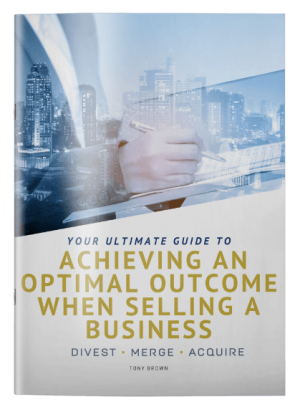There is often a lot of confusion about the treatment of working capital when selling a business. In this article, DMA Synergy Advisor Chris Mitchell explains what it is all about.
Working capital features in business valuations, sale price allocation and sale adjustment calculations.
Most business owners and even some advisors don’t understand how working capital can impact on the goodwill of a business and how it is accounted for in the context of a business sale. The consequences of not knowing can be dramatic, with owners giving away substantial value without even realising it.
Working capital is the name given to the current assets and liabilities required for the day-to-day trading operations of a business. They are constantly converting from one category to another, ultimately into cash, and vary from business to business. The asset side includes inventory, trade debtors, prepayments. On the liability side they include trade creditors, customer deposits and other current liabilities.
Let’s touch on how working capital features when valuing a business. Working capital is part of the business value or enterprise value. No credible business valuation can be performed without considering and including the working capital and understanding the cash cycle. Net working capital is part of the ongoing investment required to generate the profit in a business.
Is it better to have more or less working capital?
The answer may differ according to the context, ie whether in relation to the ongoing operation of the business, or specifically in the context of a sale.
Well run businesses strive to keep net working capital to a minimum, to make their money work harder for them and generally achieve a higher return on funds employed.
However, many more business owners don’t worry about how much of their investment is tied up in working capital and it can often grow without anyone being sensitive to it. Most owners or managers operating a business will be striving to maximize profit, and driving sales and margins are a great way to do this. These drivers encourage holding adequate levels of stock and often buying in bulk at the best prices, offering extended payment terms and/or paying suppliers early to promote stronger relationships.
These factors tend to increase net working capital while driving profit up.
The dynamics of working capital change completely when the business owner changes from ‘run the business’ mode to ‘sell the business’ mode.
Goodwill is the difference between the enterprise value (based on a multiple of earnings) and the value of the tangible assets including plant & equipment and net working capital. Therefore in basic terms, the lower the working capital requirement, the less money tied up in the business. So with the overall sale price unchanged, you can achieve the same sale price and have more money ‘off the table’ already in your pocket. This translates to a higher potential goodwill component of the price.

